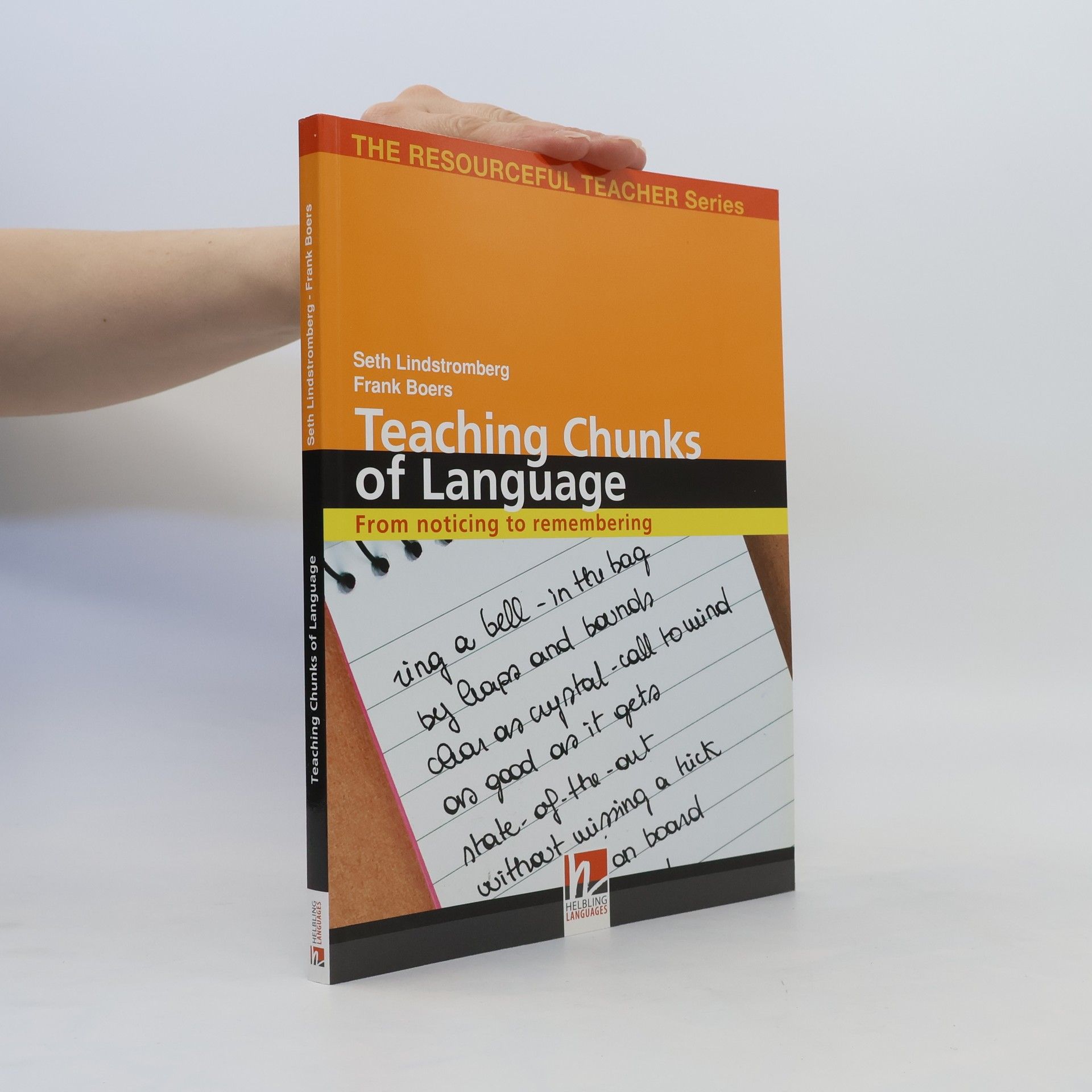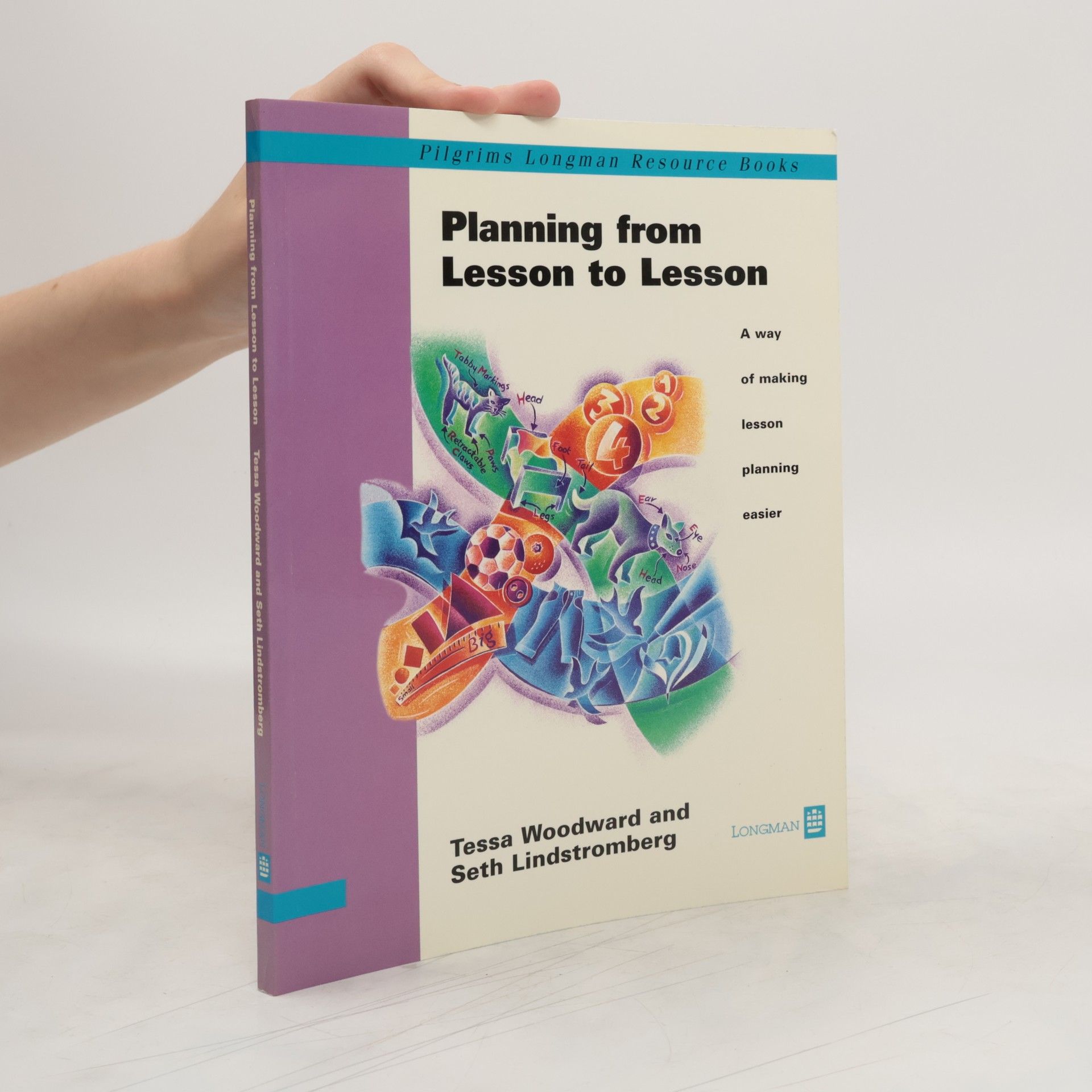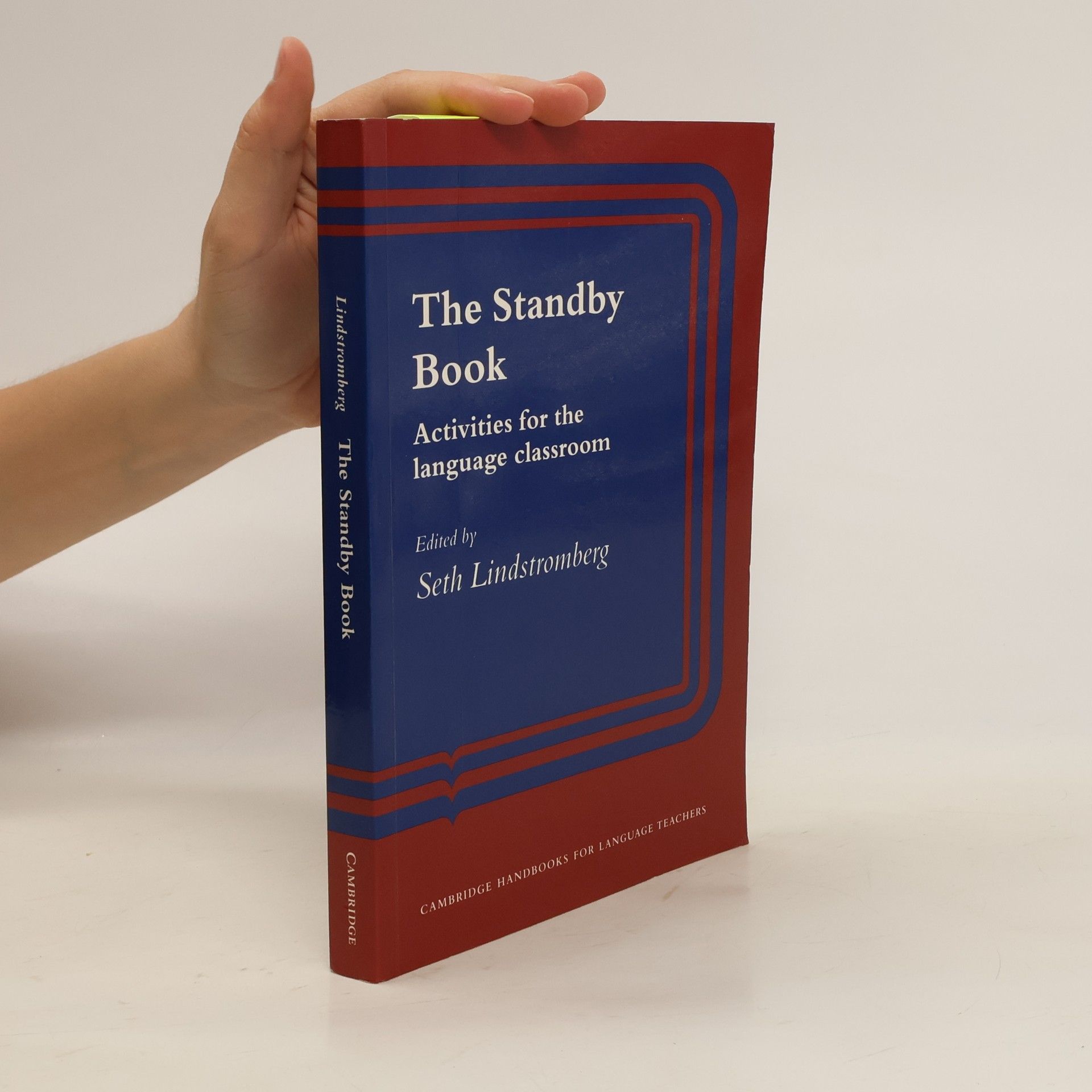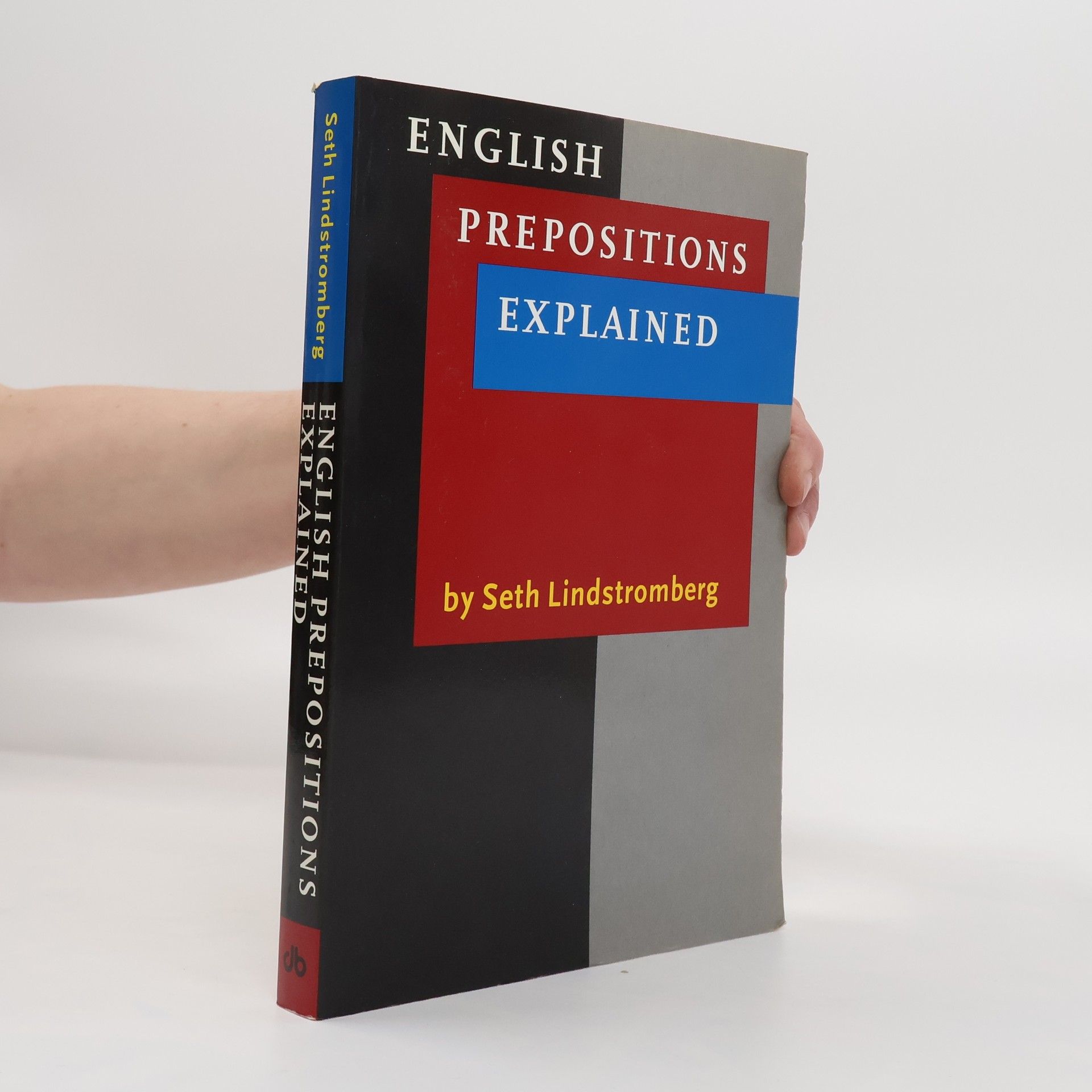English Prepositions Explained has been written both for non-native and native speakers of English and is intended for: teachers of English; translators; materials writers; advanced students of English; frequent users of English generally. English Prepositions Explained furnishes information about English prepositions that is available in no other book currently in print. EPE both complements and is complemented by The BBI Dictionary of English Word Combinations, which lists common collocations (including prepositional collocations) in a fashion that makes them readily locatable. Like a grammar handbook, EPE describes how prepositions and directional adverbs are used. Its main work, however, consists in providing answers to the following questions: What meanings does each preposition have?; How are a preposition’s different meanings related?; Which meaning(s) underlie this or that usage?; Which usages are true idioms and which express systematic meaning?; What are the major semantic families of prepositions?; Where are the boundaries in meaning between the prepositions within each family?; When various prepositions are usable in the same context, what different meaning or nuance does each contribute and why?; What is the role of metaphor in the English system of prepositions?; What is a phrasal verb and to what extent do they reflect systematic meanings? Explanations are liberally supported with iconic/pictorial illustration and examples of usage. It is this explanatory, rather than merely descriptive, approach which makes EPE a unique resource for creative writing. Covering more than seventy, mostly spatial and temporal, prepositions, it presents a picture of remarkable systematicity. Among EPE’s twenty-three chapters are: an overview of the grammar and semantics of prepositions (of place, path and time) and of directional adverbs; Nineteen chapters on families of prepositions; a chapter on phrasal verbs; a summary of key abstract notions expressed by prepositions. EPE is fully indexed and includes a glossary of terms and an annotated bibliography.
Seth Lindstromberg Livres
Seth Lindstromberg enseigne au Hilderstone College, où il dirige des cours de langue et de méthodologie destinés aux professeurs d'anglais langue étrangère. Il est également spécialisé dans l'enseignement CLIL.





This series offers activities which can be used as the basis for lessons or as a departure for classroom development and discussion. Each book contains an introduction and includes suggestions for variations and follow-up work.
Standby Book
- 261pages
- 10 heures de lecture
A rich resource for teachers of general English courses, groups of business and professional people and students of English for academic purposes.
Teaching chunks of language: From noticing to remembering
- 172pages
- 7 heures de lecture
Sie möchten Ihren Schüler/innen authentisches Englisch vermitteln? Chunks of language sind Wortgruppen, die von Muttersprachlern als natürlich empfunden werden. Ihre Verwendung in gesprochener und geschriebener Sprache verringert Fehler und verhindert unnatürliche Wortkombinationen, die grammatikalisch korrekt, aber nicht idiomatisch sind. Die Autoren zeigen, wie Sie Ihre Schüler/innen für diese Chunks sensibilisieren und sie im Langzeitgedächtnis verankern können. Mit einer Vielzahl von Aufgaben und Aktivitäten lässt sich authentisches Englisch in allen vier Grundfertigkeiten (Hörverstehen, Lesen, Schreiben, Sprechen) in kreativen und kommunikativen Kontexten üben. Dadurch verbessern Ihre Schüler/innen ihre verbale Ausdrucksfähigkeit und beeindrucken in Prüfungssituationen. Die Übungsvorschläge und Techniken, ergänzt durch zahlreiche Kopiervorlagen, sind besonders für leicht fortgeschrittene Lerner geeignet. Das Buch basiert auf der lexikalischen (oder „Chunk Teaching“) Methode, die betont, dass Sprache von Muttersprachlern stark aus memorierten Mehrwortchunks besteht. Für Fremdsprachenlerner ist das Wissen um diese Chunks entscheidend für ihre mündliche Flüssigkeit und Ausdrucksnatur. Die vorgestellten Aktivitäten sind kommunikativ und fördern das Sprechen, Hören, Lesen und teilweise Schreiben. Die Struktur umfasst vier Kapitel: wiederverwendbare Aktivitäten, Aktivitätssequenzen, wiederverwendbare Überprüfungs- und Lernquiza